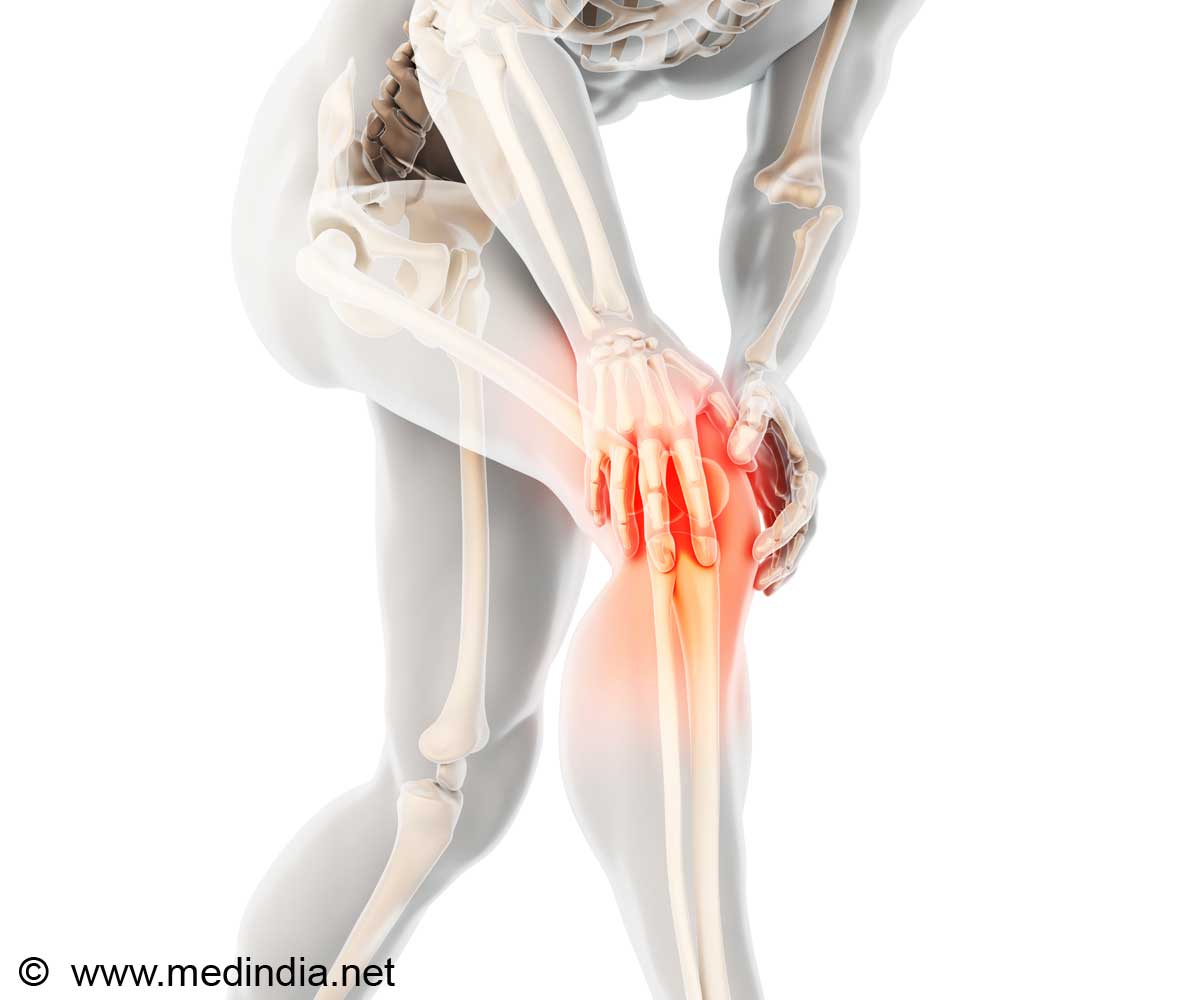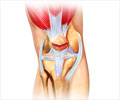
Not only can this new gel stretch to 21 times its original length, but it is also exceptionally tough, self-healing, and biocompatible-a valuable collection of attributes that opens up new opportunities in medicine and tissue engineering.
"Conventional hydrogels are very weak and brittle-imagine a spoon breaking through jelly," explained lead author Jeong-Yun Sun, a postdoctoral fellow at the Harvard School of Engineering and Applied Sciences (SEAS).
"But because they are water-based and biocompatible, people would like to use them for some very challenging applications like artificial cartilage or spinal disks. For a gel to work in those settings, it has to be able to stretch and expand under compression and tension without breaking," Sun noted.
To create the tough new hydrogel, the researchers combined two common polymers. The primary component is polyacrylamide, known for its use in soft contact lenses and as the electrophoresis gel that separates DNA fragments in biology labs; the second component is alginate, a seaweed extract that is frequently used to thicken food.
Separately, these gels are both quite weak-alginate, for instance, can stretch to only 1.2 times its length before it breaks. Combined in an 8:1 ratio, however, the two polymers form a complex network of crosslinked chains that reinforce one another. The chemical structure of this network allows the molecules to pull apart very slightly over a large area instead of allowing the gel to crack.
Advertisement
As a result, the gel expands slightly, but the polymer chains themselves remain intact. Meanwhile, the polyacrylamide chains form a grid-like structure that bonds covalently (very tightly) with the alginate chains.
Advertisement
The research team showed that even with a huge crack, a critically large hole, the hybrid gel can still stretch to 17 times its initial length.
Importantly, the new hydrogel is capable of maintaining its elasticity and toughness over multiple stretches. Provided the gel has some time to relax between stretches, the ionic bonds between the alginate and the calcium can "re-zip," and the researchers have shown that this process can be accelerated by raising the ambient temperature.
The group's combined expertise in mechanics, materials science, and bioengineering enabled the group to apply two concepts from mechanics-crack bridging and energy dissipation-to a new problem.
Beyond artificial cartilage, the researchers suggest that the new hydrogel could be used in soft robotics, optics, artificial muscle, as a tough protective covering for wounds, or "any other place where we need hydrogels of high stretchability and high toughness."
The material, its properties, and a simple method of synthesis are described in the latest issue of Nature.
Source-ANI








